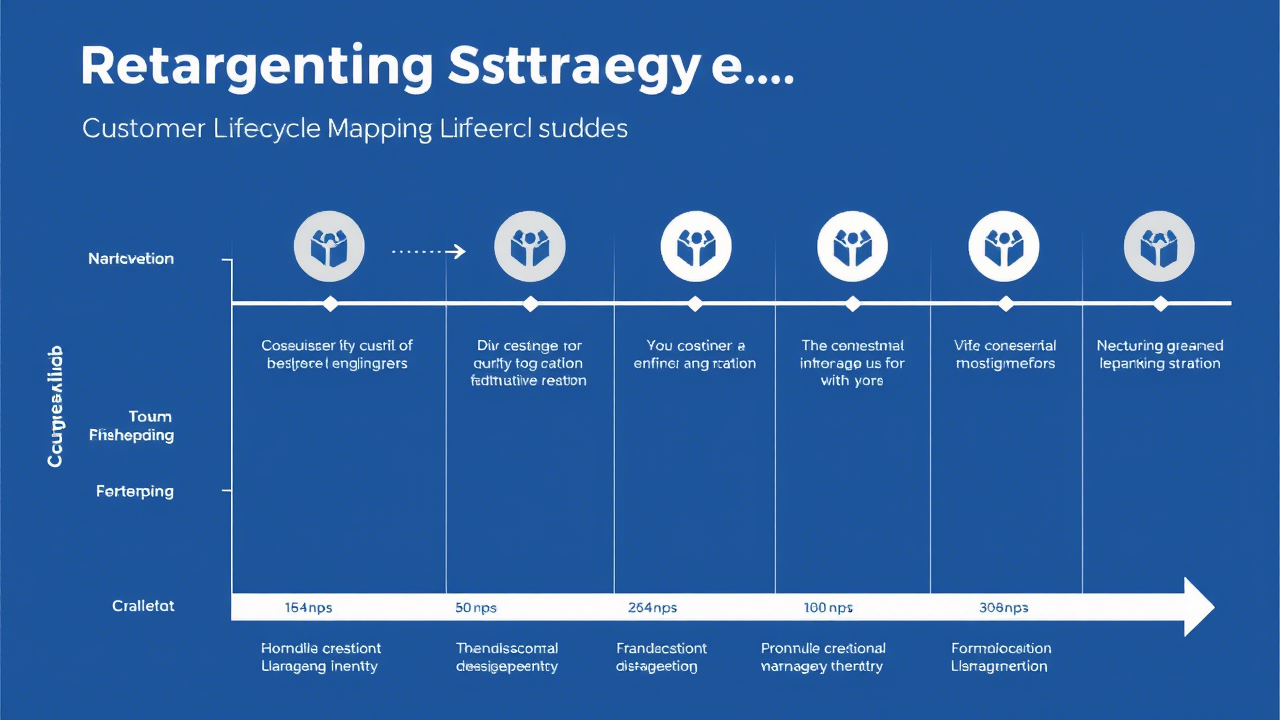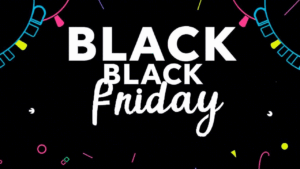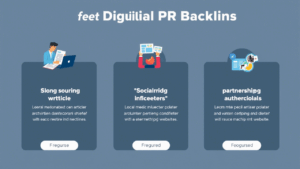Retargeting strategies work when paired with focused customer lifecycle phases. Strategies for segmenting by aligning each phase of the buying process—awareness, consideration, decision, and retention—will achieve highest engagement, drive more conversions, and contribute to creating lasting customer value.
Key Takeaways
- Align retargeting strategies with each step of the customer journey
- Align content and delivery to awareness, consideration, purchasing, and retention
- Measure by stage-specific metrics
- Budget on past performance and conversion potential
- Optimize campaigns multiple times with data and customer insights
Understanding the Customer Lifecycle
A successful retargeting campaign begins with a clear understanding of the customer lifecycle, typically consisting of:
- Awareness
- Consideration
- Purchase
- Loyalty/Retention
- Advocacy
Each step calls for a unique retargeting strategy unique to user behavior and intent.
The Awareness Challenge
About 97% of new visitors leave without converting. Retargeting during this phase is focused on brand recall and influencing revisit intent.
The Consideration Phase
Individuals visit specific product or service pages, indicating increased interest levels. This is the moment to offer contextually specific content to push them toward buying.
The Moment of Purchase
With 70% cart abandonment rates, urgency-based tactics and retargeting reminders are needed to get conversions moving.
Building Loyalty
After purchase has been initiated, brands need to prioritize making the customer satisfied, with personalized offers and incentives, and encouraging loyalty schemes so that customers wish to buy again.
Retargeting Tactics by Lifecycle Phase
1. Awareness Phase: Capturing Early Interest
Now, your prospective customers may have interacted with your brand on social media, advertisements, or other sites but not deeply.
Successful Strategies:
- Use wide-reaching content such as blog articles, welcome videos, and social advertising to re-engage users
- Highlight your points of differentiation—social mission, customer testimonials, or brand cause
- Offer one-time incentives such as time-bound discounts
- Employ forward-thinking media like direct mail and social media retargeting to stay top of mind
2. Consideration Stage: Reinforcing Interest
At this point, users are considering their options and have shown interest in certain products or services.
Best Practices:
- Show targeted ads with the actual products or services users viewed
- Emphasize user-generated content, reviews, and case studies to provide credibility
- Create a sense of urgency with time-sensitive offers or limited-time promotions
- Segment audiences based on interaction to deliver strongly relevant messaging
3. Decision Stage: Conversion Driven
It’s conversion time. Get timely, tailored messaging.
Robust Tactics:
- Remind them about abandoned cart with offers such as discounts or free shipping
- Use dynamic advertisements to display desired products users interacted with
- Emphasize customer reviews for establishing social proof
- Segment the audience to manage ad spend more efficiently and achieve greater ROI
- Create urgency using time-sensitive deals
4. Retention Stage: Encouragement of Repeat Customers
Retention costs less than acquiring. Retargeting makes consumers active and therefore generates repeat sales.
Strong Campaigns:
Tailored Recommendations
- Use purchase history and browsing information to recommend matching products
- Feature dynamic retargeting ads with the intention of increasing average order value
Loyalty Program Incentives
- Share with customers about rewards accrued, as well as exclusive members benefits
- Exclusive access to promotion or loyalty-controlled offers prior to launch
- Leverage loyalty information in audience segmentation for message optimization
Reactivation Campaigns
- Target email promotions remind inactive buyers (30–90 days)
- Use segmentation and questionnaires in feedback to determine drop-off points
- Reward or show new arrival banners reminding lost buyers
Creating Stage-Specific Ad Content
Creating ads that match each stage guarantees relevance and performance:
- Awareness: Incentive ads with brand initiation and rising recall
- Consideration: Flexible product-based ads supported by opinions and approvals
- Decision: Reminder ads with urgency focus and provide ultimate incentives
- Loyalty: Targeted advertising that displays loyalty rewards and recommends new products
Segmentation is everything. 70% of shoppers prefer a personalized experience, and segmented campaigns provide a much greater chance of conversion.
Measurement of Campaign Success by Stage
To get the most out of your strategy, measure performance based on stage-based KPIs:
- Awareness: Ad impressions, click-through rate, brand engagement
- Consideration: Viewing products, duration on site, lead form completions
- Purchase: Cart recovery rate, conversion rate, average order value
- Loyalty: Repeat frequency, lifetime value, engagement with loyalty incentives
Intelligent Budgeting
allocate retargeting budgets based on potential to convert and campaign performance:
- Start with test budgets ($20–$60/day) and monitor results
- Increase investment in top-performing segments, especially purchase and loyalty segments
- Tap into historical performance as a budget allocator
- Refresh campaigns regularly using real-time data and changes in the market
Bringing Retargeting and Omnichannel Marketing Together
Unified, single omnichannel strategy delivers unified customer experiences across:
- Social Media
- Web and Mobile Ads
- SMS and Direct Mail
Benefits:
- Consistent brand messages
- Improved engagement and retention
- 30% greater customer lifetime value for omnichannel customers
- 10% average boost in conversion rates
Align data and campaigns across channels to enable frictionless interactions and maximize results.
Frequently Asked Questions
What Funnel Stage Is Retargeting Applied In?
Retargeting is applied in all stages of the funnel—awareness, consideration, purchase, and retention—and adapts to behavior and intent at every stage.
What’s the Difference Between Retargeting and Dynamic Retargeting?
Retargeting old-school: General ads during site visits, but dynamic retargeting allows the content to be more specific using product feeds and browsing history to show targeted ads.
When to Retarget Customers?
The best times for retargeting customers are usually cart abandonment, product viewing with no conversion, downloading of resources, subscription to newsletters or social media engagement without conversion.
What is Customer Retargeting?
Customer retargeting is a strategy that reminds people who had once interacted with your brand. Based on data tracking, it shows targeted ads to trigger conversions.
Conclusion
Retargeting is most effective when aligned with the customer lifecycle. By budgeting and content optimizing at every stage—awareness to loyalty—marketers can:
- Improve engagement
- Increase conversions
- Boost customer retention
- Maximize long-term value
With retargeting as part of an omnichannel approach and continuous data-driven optimization, your campaigns will be up-to-date and effective.




